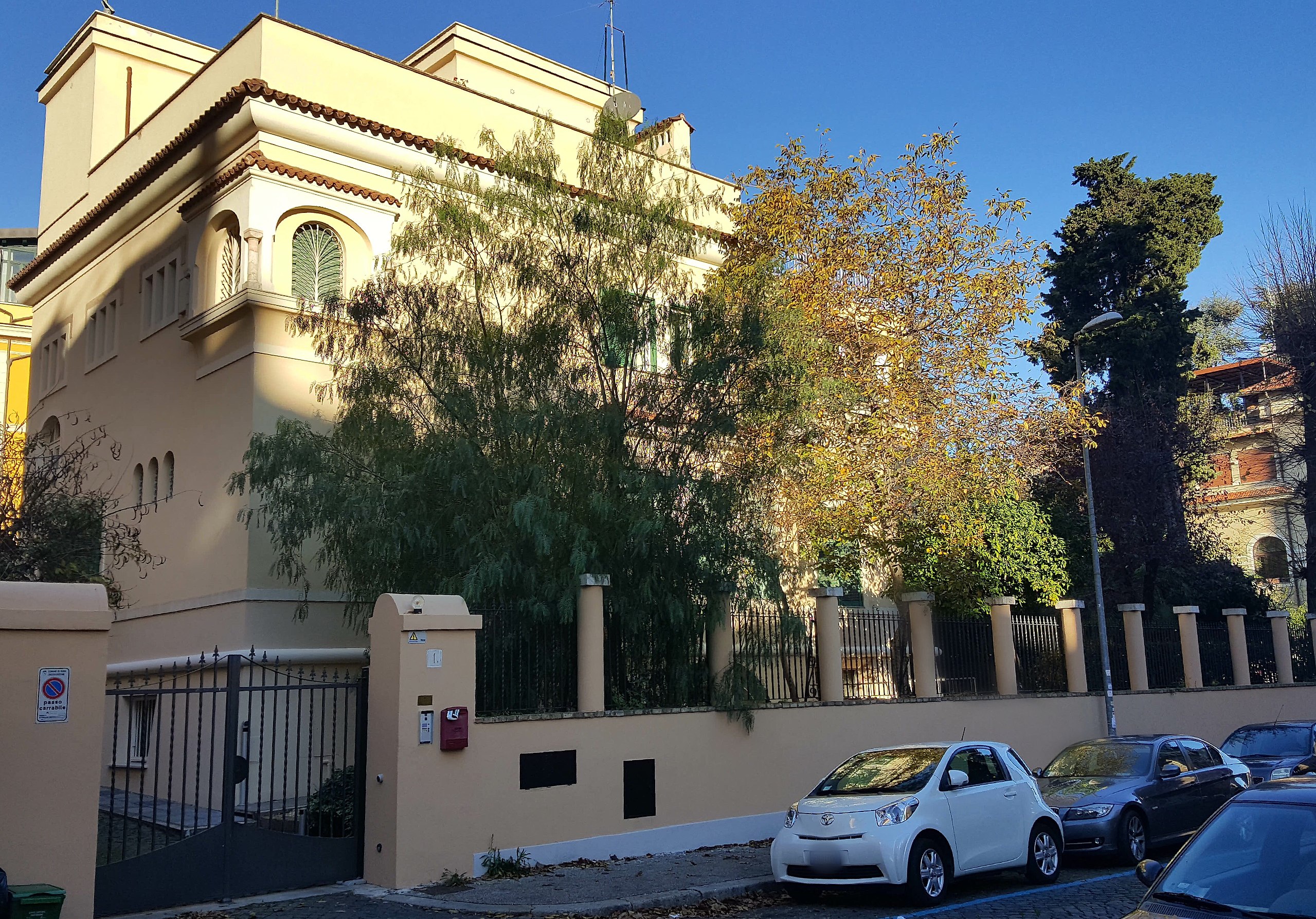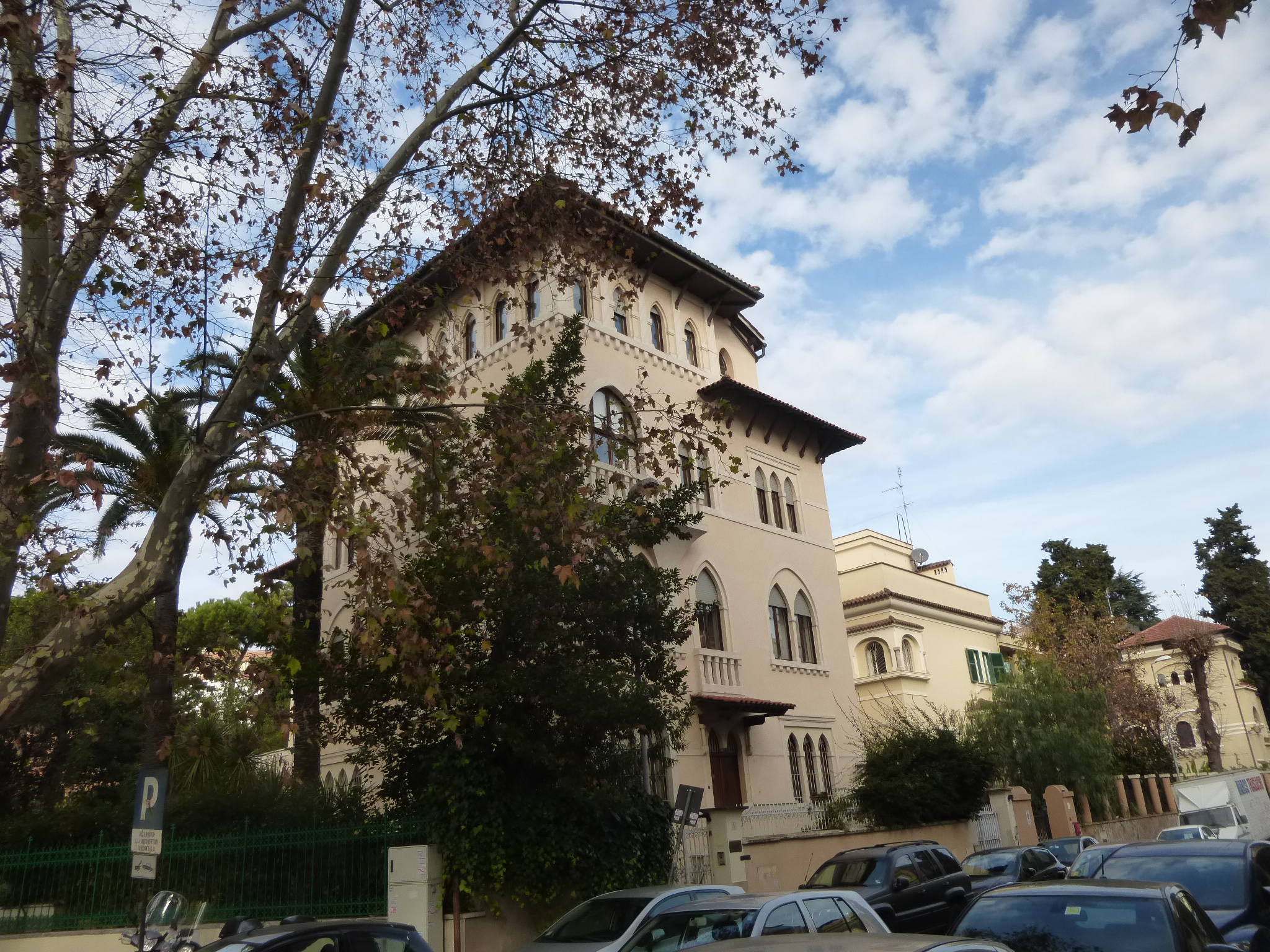


The Germanic Archaeological Institute is a German archaeological research institute managed by the German Foreign Ministry. It was founded on 21 April 1829 in Rome as an "Institute of archaeological correspondence" by Otto Magnus von Stackelberg, Theodor Panofka and August Kestner, with the patronage of the then Crown Prince of Prussia, then King Frederick William IV.

Since 1832 the headquarters moved to Berlin and from 1859 the Institute was financed by the Prussian state. The Roman seat was initially placed, in 1823, at the top of the Campidoglio, in Villa Caffarelli, where the embassy of Prussia had settled (not without the murmurs of the Italian intellectuals and archaeologists of the time). From 1874 the detached sections (Abteilungen) were founded in other foreign capitals, with the aim of facilitating the research of German archaeologists and of conducting excavation campaigns.

The first section after that of Rome was founded in Athens, followed then by Cairo (1907), Istanbul (1929), Madrid (1943), Baghdad (1955) and Tehran (1961), to which they were added later , in the eighties also Damascus and Sanaa. Other branches of the Institute are also present in Lisbon, Ankara and Ingolstadt.
Germanic Archaeological Institute
Address: via Andrea Cesalpino 1, Quartiere Nomentano, 00187
Phone: 06 488 8141
Site:
http://www.unioneinternazionale.it/deutsches-archaeologisches-institut-rom/Location inserted by
Culturalword Abco